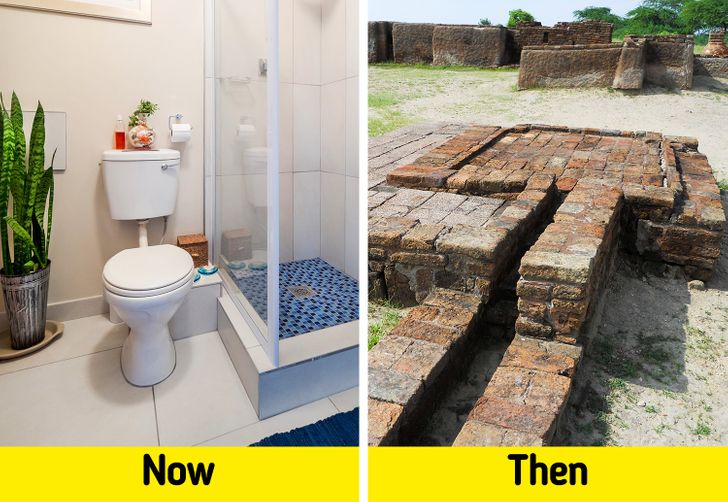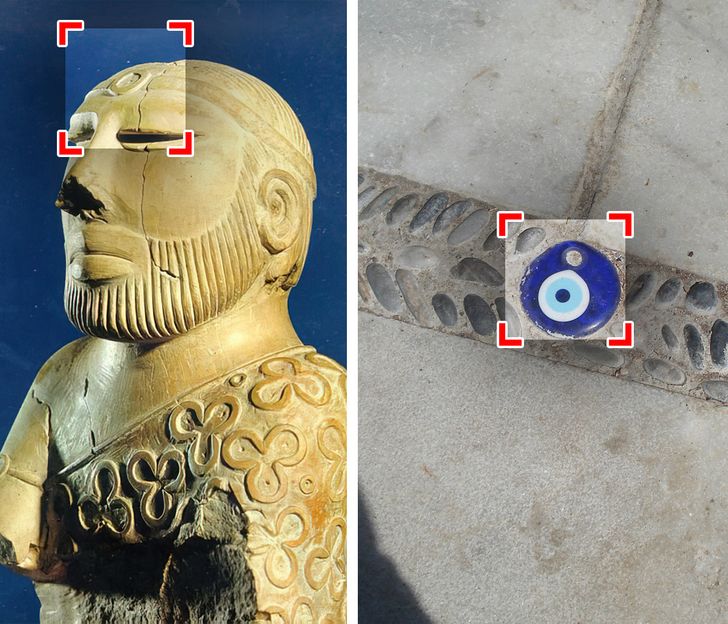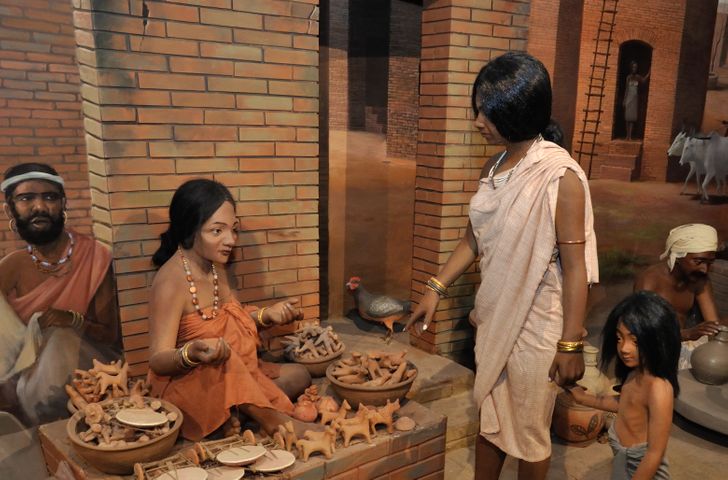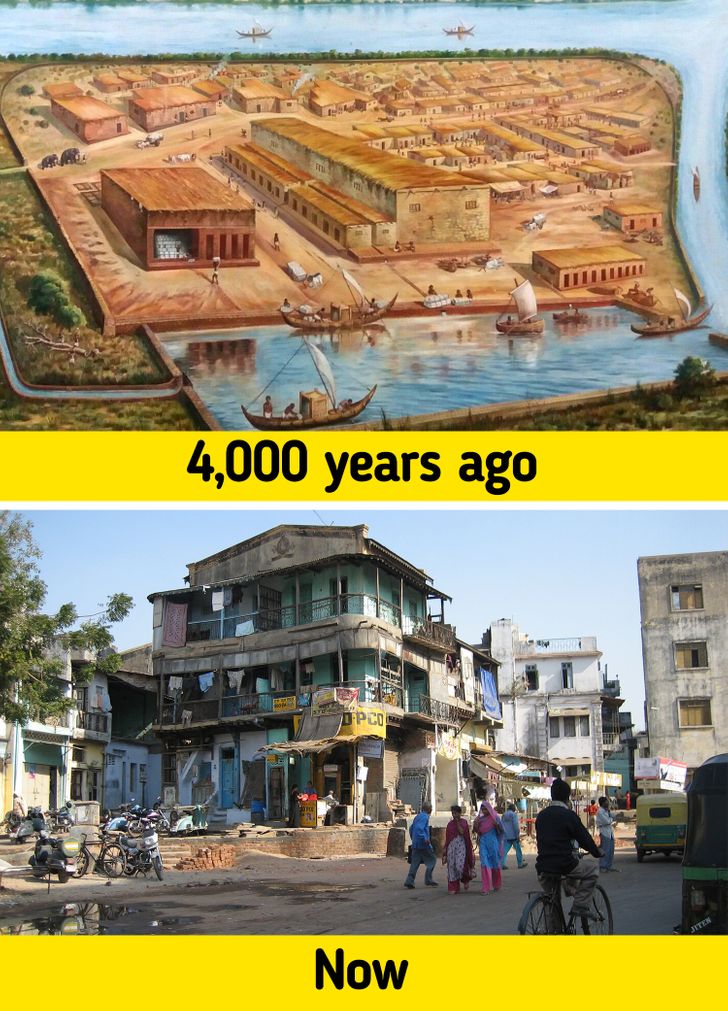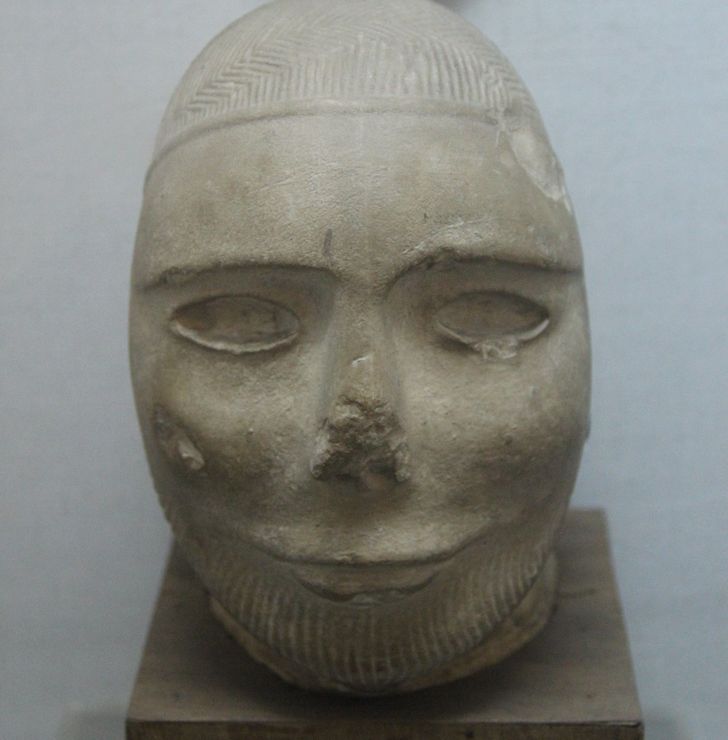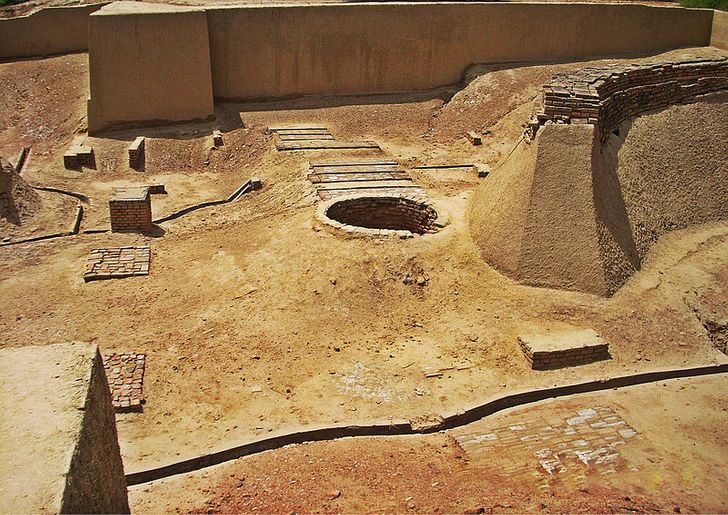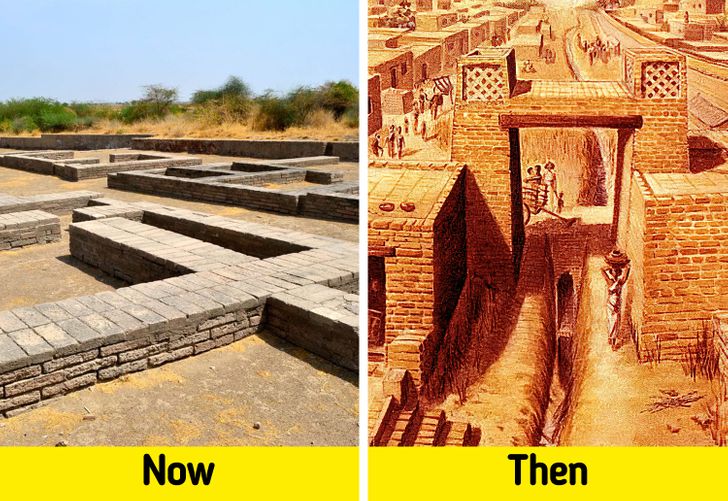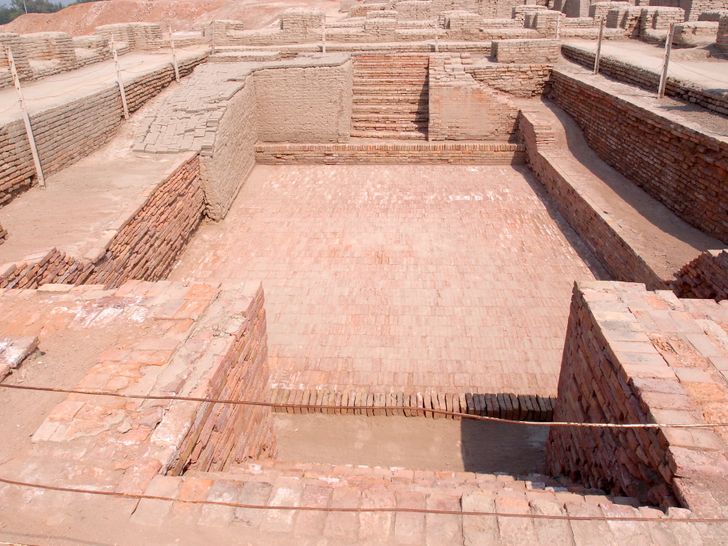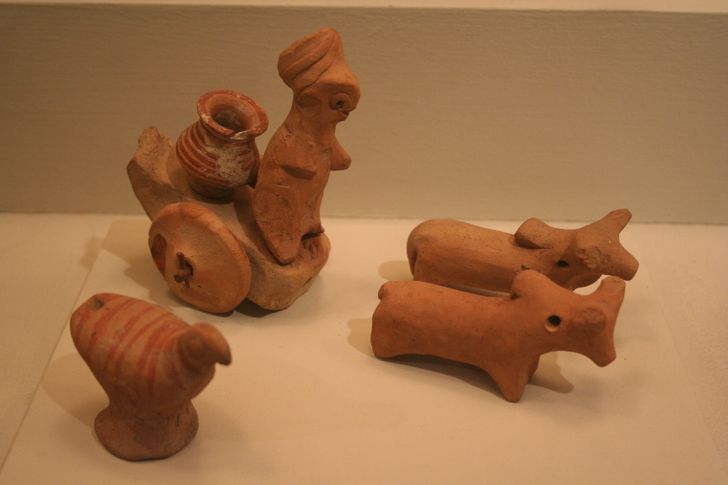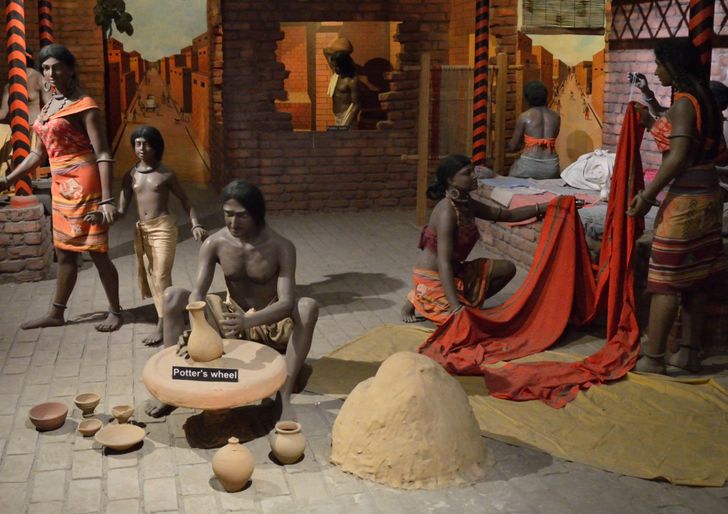I wasn't taught about this ancient civilization at school and I've never heard about it) this article inspired me to search any documentary about it to look into topic some deeper))
11 Facts About an Ancient Civilization That Was as Developed as the Mayas, but Few People Know About It
The Harappan civilization existed in the Indus River Valley from 3300 BCE to 1300 BCE. Historians are still debating over what caused the disappearance of the developed state that gave the world the basics of metallurgy, agricultural science, and construction. Its heyday was relatively short, then the once densely populated cities became hidden by the sands of time.
We at Bright Side decided to find out how these ancient people managed to reach the life conditions that aren’t even present in some modern settlements.
Each house had its own toilet.
It’s the Harappan civilization that gave the world the first sewage system. 4,000 years ago, almost all buildings in the city were connected by a single network of pipes, through which liquid waste fell into a sump and was discharged after cleaning. Each house had its own toilet.
Pipes were made of closely adjusted bricks to prevent the liquid from getting inside or outside. The system was installed at a certain angle. It helped the waste quickly get into the main reservoir or out of the city. The drainage was protected from the solid waste by special nets. In addition, residents themselves would dispose of the solid waste in the sump so as not to clog the sewers.
Of course, the system required cleaning. And it was special municipal organizations, not slaves or servants, who were doing it. In terms of development, the sewage system of those times surpasses many examples in the cities of this region that exist today.
Some amulets that are popular today also appeared there.
Nazar, or the blue eye, can be seen on the shelves of many stores in Turkey, Greece, and other countries. It’s often placed on doors of a house, in cars, and on keychains. These items are supposedly designed to protect their owners from the evil eye.
Perhaps this tradition came to this world thanks to the Harappan civilization. Images of a round eye with a pupil in the middle are often found on shells and beads of those times. It can also be seen on the statue of the famous king-priest.
The ancient nationality had a very serious approach to marriage.
Family relationships and marriage ceremonies in those days could resemble the traditions that exist in the territory of modern India nowadays. When getting married, men would hang a special badge with the image of an animal around the neck of their future wife. The same animals could be seen on prints that were used for marking goods or items. The image of a certain animal was the equivalent of the modern family. It was with their help that the clans differentiated each other.
Traders would bring themselves wives from faraway lands just in order to provide the nonstop supply of goods from their partners. Women were highly respected — ancient burials on the territory of cities prove it.
Many modern cities are inferior to the settlements of the Harappan civilization.
All the settlements were built according to a strict plan. The management system would work perfectly in cities. Municipal organizations were dealing with the removal of sewage and solid waste. The width of the streets and the size of the facades were strictly regulated, and the townspeople carefully followed the rules. Illegal extensions or structures in the street area were impossible.
Later, the state didn’t have a main leader, though there was a unified system of laws. There was no strict differentiation between poor and rich: all citizens had equal access to the benefits of the civilization.
Each person was doing their business.
There was a district division inside settlements. People doing certain crafts were living in each of the districts. The residents were familiar with the basics of metallurgy. It was here that investment casting, carnelian, and bone processing were invented. They knew how to smelt bronze, copper, lead, and tin.
There were pottery, jewelry workshops, and even bead factories. The Harappan civilization was famous for its amazing figurines. It’s even hard to believe that they were made by the hands of people who lived more than 4,000 years ago. There were also dentists in those days. Scientists have discovered traces of dental treatment in these ancient people.
They didn’t fight with neighbors, but with nature.
It seems that the state wasn’t warlike. And though the cities were surrounded by protective walls, it looks like the main foes of these people weren’t their neighbors or conquerors, but nature. The ramparts were supposed to save residents during floods. All the buildings were erected on special brick elevations.
The Harappan civilization was involved in active trade with neighbors. The goods were transported in special carriages, which were moved by bulls. This method of transportation is still used in some regions today. The goods were delivered by ships to more distant lands, such as Ancient Mesopotamia, Egypt, and Crete.
Also, it was here that a new method of growing cereals had been invented. Crops were harvested twice a year by alternating different plants. All this was done to avoid a possible famine.
Each person had their own home.
It’s only ruins of buildings that remain today (photo on the left). The cities in these places were created by a strict and checked plan (photo on the right).
The buildings were made from baked bricks. The food was prepared in open hearths collected in the courtyards. Roofs were often made flat — it was cooler to sleep and have evening meals here. Apart from houses, there were municipal buildings, shops, factories, warehouses, and temples in cities. Perhaps it was here where the first office centers appeared.
In this area, the rainy season could be replaced by a long drought, which sometimes lasted several seasons. That’s why each person had their own personal well in their backyard.
The bathroom was not luxurious.
Every house not only had a toilet but also a bathroom. This room would normally be located next to the toilet and was adjacent to the outer wall of the house. Apart from private bathrooms, there were also public bathrooms in settlements.
Historians find it difficult to explain the reason why they were built — perhaps for collective wash or some kind of ritual. The walls and bottoms of the pools were lined with bricks and covered with bitumen to avoid leaks.
Kids’ toys existed back then.
It’s likely that men were engaged with crafts while house chores were considered women’s duties. At the same time, women were highly respected and had almost the same rights as men. Kids would go to school and help their parents.
However, toys and dice found by archaeologists indicate that the kids were not only engaged in useful deals, but they also had some entertainment.
We still use some of the Harappan civilization’s beauty secrets.
It’s hard to say what clothes people of the Harappan civilization wore. Most statues depict men and women without too many clothes on. It’s known that they were aware of how to process flax and cotton. Wool, in its turn, could be purchased from the ancient Sumers. The fabric was most likely dyed with natural substances (such as turmeric).
Both men and women knew a lot about jewelry; they wore necklaces, rings, and bracelets. Women would style their hair in elaborate hairdos with the help of bone pins. In order to take care of their hair and apply makeup, they used special kakai combs and tools that can be found today in the cosmetic bags of Indian women. During excavations, jars, in which various cosmetics were stored, were found.
Where did the Harappan civilization go?
No one has found a precise answer to the question of why the Harappan civilization disappeared. Some researchers blame the Aryan tribe that came to these lands. However, no traces of destructive battles were found during excavations.
It’s also suggested that the reason for their decline was a change in the climate. Some cities were suffering from drought, others, on the contrary, were destroyed by floods. In addition, the rivers changed their channels, which interrupted trade relations with Egypt and Mesopotamia. People started to leave the megacities, and in the end, the settlements became empty.
It’s likely that the inhabitants moved to the east. The search for traces of people from this civilization took a lot of time. But the latest results of genetic examinations suggest that the inhabitants of South Asia may be the descendants of these people.
We weren’t taught about this civilization in school. How about you? Have you ever heard about this civilization that was born in the Indus River Valley?
Comments
I was taught abhout this civilization in 6th grade and there's a bollywood movie also on this civilization named MOHENJO DARO
nice
Related Reads
10+ Cooking Stories That Go From Kitchen Disasters to Comedy Gold

10 Kids Whose Candid Confessions Turned Lives Upside Down

19 People Who Had an Unforgettable Experience in a Hair Salon

I Let My Dying Ex-Wife Move In—Now, I’m Badly Regretting It

Michael Jackson’s Youngest Son Is Seen After Years and He Looks Just Like Him

16 People Shared Secrets That They Keep Away From Their Loved Ones

I Refuse to Give Up My Inheritance Just Because I’m Childfree

15 Stories That Have More Unexpected Twists Than a Hollywood Blockbuster

12 Eerie Memories That Still Make People Twitch in Fear

I Threw My Stepdaughter and Her Kids Out, I’m Not a Free Hotel

10+ People Who Could Write a Novel With Their Workplace Stories

I Will Not Pay My SIL for Babysitting — She’s Living With Us Rent-Free

